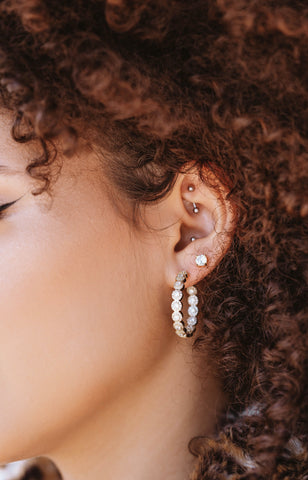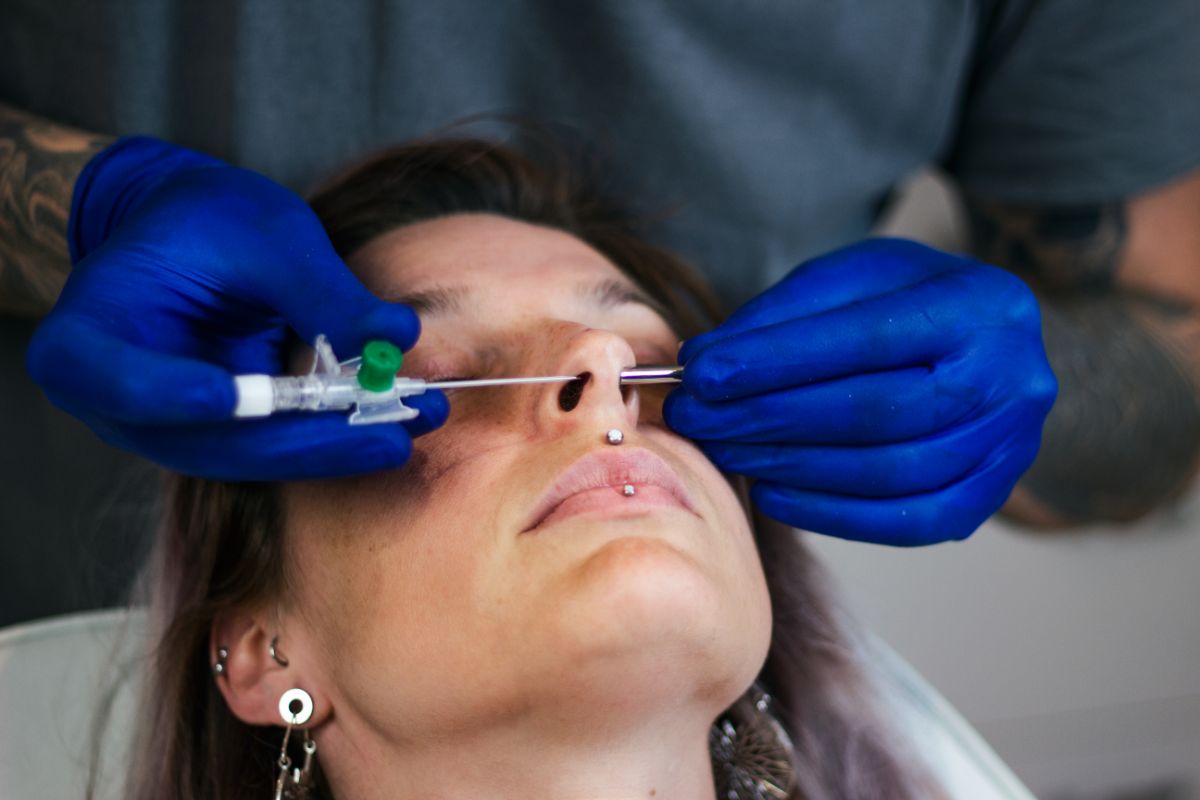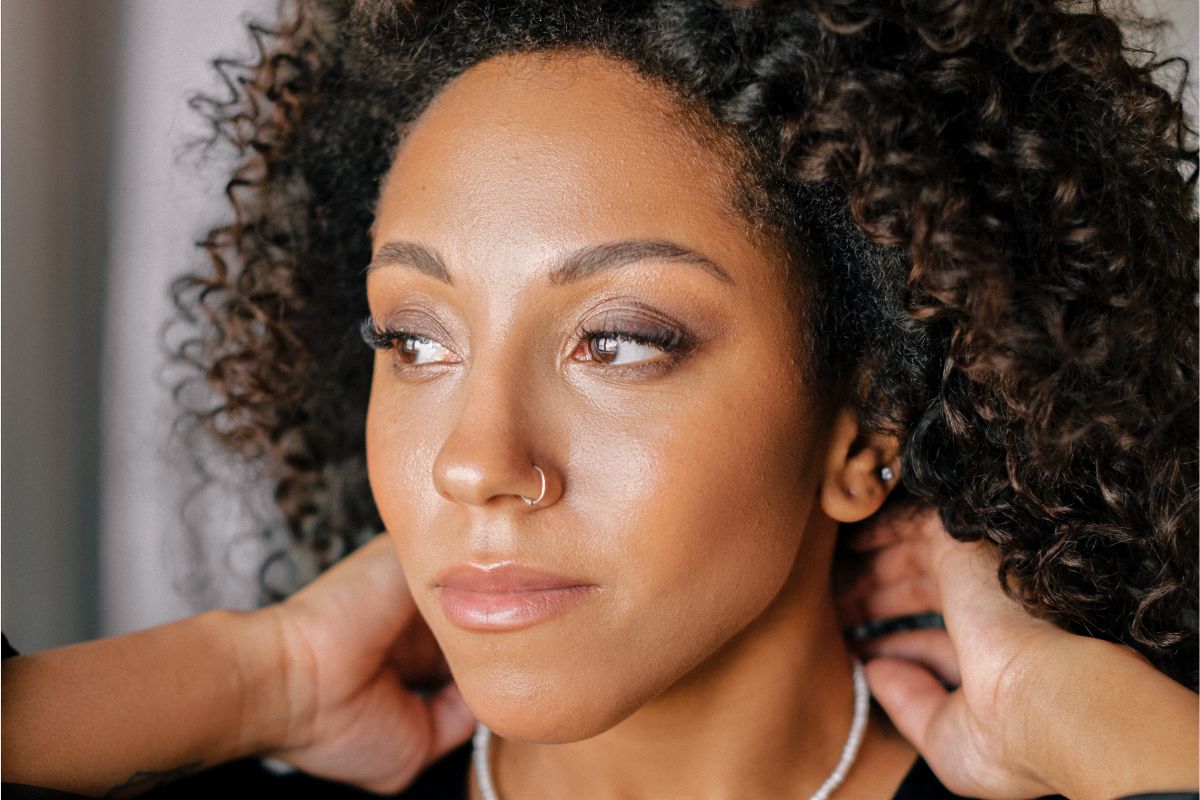Conch piercing is one of the chicest, most delicate, and drool-worthy in the piercing world. Celebrities like Rihanna, Nikki Reed, and Victoria Beckham slay conch piercings in such a way that you cannot stop yourself from drooling over them regardless of them being intimidating.
What is a Conch Piercing?
The conch is the spiral cup of the ear, named so for its resemblance to a conch shell. Conch piercings are cartilage piercings that can be more painful than others due to a thicker flesh at the cartilage than the lobe. You can get customized ear piercings per style due to sufficient room at the conch.
You can go for either an inner conch piercing (hole punctured in the middle for stud) or an outer one (making way for a hoop around the outer ear's cartilage).
You can go for either an inner conch piercing (hole punctured in the middle for stud) or an outer one (making way for a hoop around the outer ear's cartilage).

What should you remember before getting your conch pierced?
As luring as it is to get a conch piercing, the fear of possibly getting an infection can be intimidating. Post-piercing aftercare is crucial to avoid an infection or delayed healing. Avoid fiddling with the piercing and clean it twice daily with a sterile saline solution.
Consult a professional piercer to get your new body ornament. In case of a very tight piercing, fluid might build up inside the piercings. Get your conch cleaned and sterilized before and after the piercing.
Piercings are conducted with a needle (for smaller jewelry) and dermal punch (for larger jewelry). Get your piercings checked by a doctor for a possible infection that might be irritated/oozing out because of an allergic reaction to the metal of jewelry.

The Piercing Aftercare: Make or Break
Piercing is all fun and games, but the real commitment is to ensure proper, regimented post-piercing handling. Clean the piercing regularly to avoid an infection. Healing time might range between 4 to 10 months (It seems a long commitment in the age of flings but can be scheduled during binge-watching Netflix seasons).
Saline solution is the best cleanser for cleaning piercings. However, soaps and alcohol can cause pain and irritation around the piercing site. You can use Dr. Piercing Aftercare Medicated Spray to avoid touching and contaminating the piercing.
Probable Complications or Risks
Piercings are prone to catching infections. Around 35 percent of ear piercings develop infections. The cartilage piercings are more vulnerable to getting infected due to their crucial placement and proximity to the hairline. As a result, inflammation, itching, swelling, tissue-tightening, pus in the piercing, and secretion of fluid forming a slight crust around the piercing might be observed.
A conch piercing may aggravate and develop keloids, cartilage piercing bumps, abscesses, or contact dermatitis if not attended to sufficiently. In addition, the back side of the piercing can catch an infection because of being out of sight; hence the conch piercing needs to be cleaned thoroughly. Avoid removing the piercing yourself if an infection appears and consult a doctor.
Things to Avoid After Your New Piercing
- Sleeping directly on your new piercing. Irritation may occur.
- Cleaning the piercing with harsh soaps and alcoholic products
- Contact with dirty water in pools and hot tubs
- Exposure to perfumes and other cosmetic products
- Removing the conch jewelry before healing
- Wearing hefty and dangling jewelry before healing
Bottomline
Conch piercings take 4 to 10 months to heal. The healing time varies depending on a person's health and piercing aftercare. Dermal punch piercings take longer to heal than those with needles, and the outer conch piercings heal faster than the inner ones.
Familiarize yourself with the aftercare commitment and pain levels, so you are ready with your gear before getting your conch pierced. Then, accelerate your healing by using the Dr. Piercing Aftercare bundle. So, grab your aftercare bundle, and be prepared to flaunt your trendy and sassy piercing!





